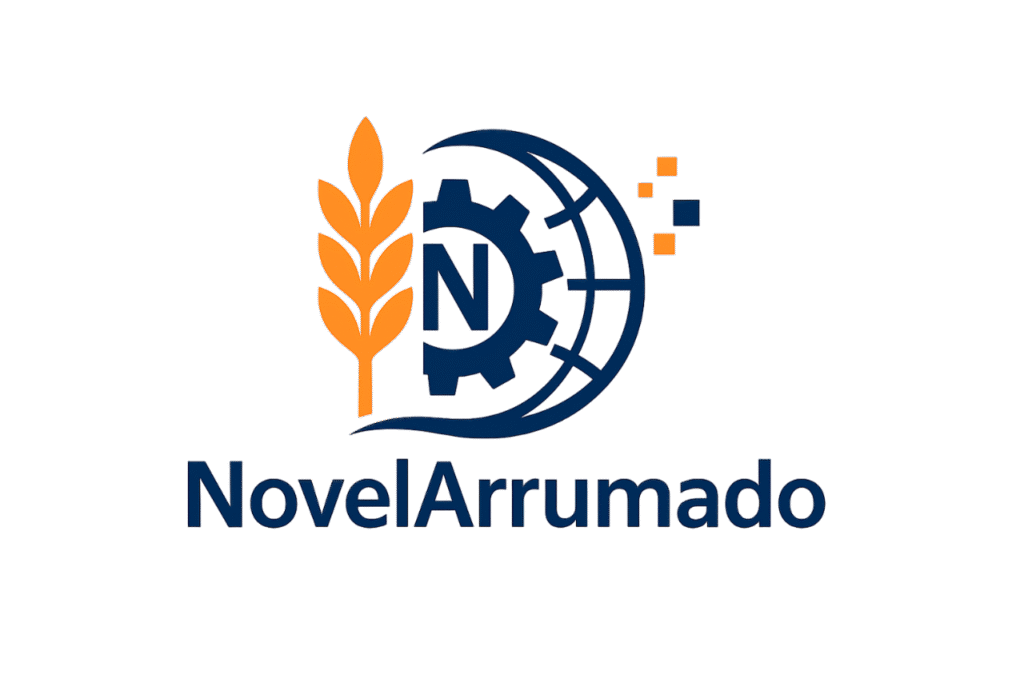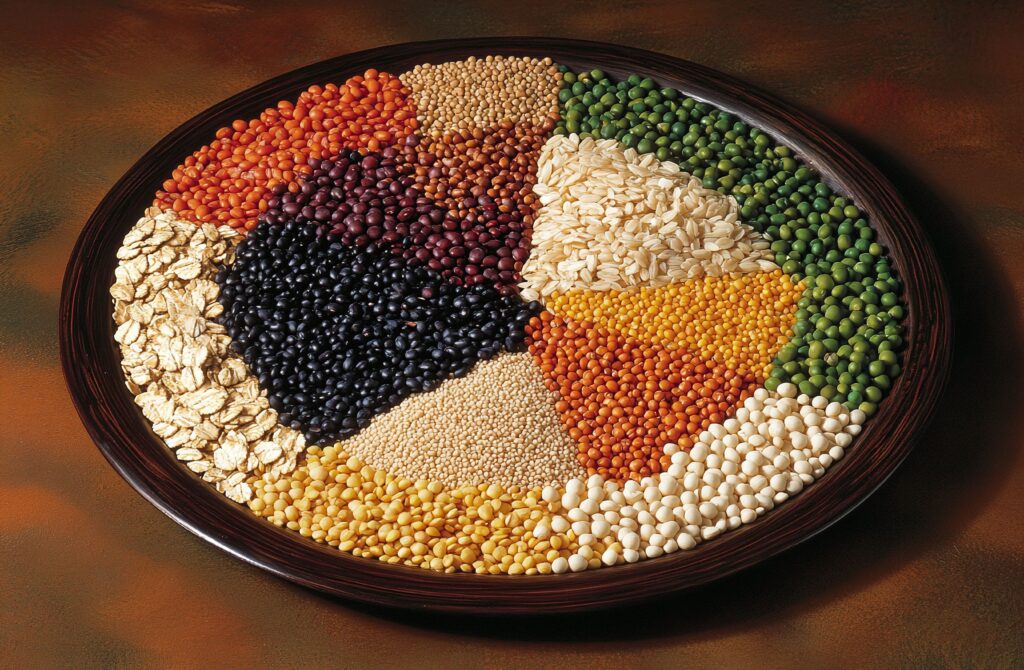This article which is about legumes, published by Rachel Dixon on The Guardian, discusses the nutritional, economic, and environmental benefits of legumes (such as dried beans, chickpeas, lentils, etc.) and offers 15 practical ways to incorporate them more into the daily diet.
According to research conducted by reputable universities such as the University of Reading, people who consume more legumes receive greater amounts of nutrients while absorbing less saturated fat and sugar. Legumes also contribute to soil fertility and require fewer resources compared to animal protein, making them beneficial for the environment. However, the average consumption of legumes in the UK is only about 15 grams per person per day.
A project called “Raising the Pulse” is trying to increase their intake with ideas such as adding fava bean flour to white bread. Studies show that legumes play an outstanding role in cooking, from stews and salads to snacks, smoothies, and even desserts such as chocolate cake made with chickpea flour. Legumes are not only affordable and nutritious but can also be used creatively in everyday meals, suitable for both vegetarians and non-vegetarians.
Benefits
- Legumes such as chickpeas, dried beans, and lentils are rich in nutrients, including:
- High fiber
- Vitamins, minerals, and antioxidants
- Economically, they are cheaper than animal protein.
- Environmentally, their water and resource requirements are much lower than meat.
- In addition, they improve soil fertility and help reduce greenhouse gas emissions.
Legume consumption level
- In the UK, the average intake of legumes is only about 15 grams per day for adults, which is far below the recommended amount.
15 practical ways to include legumes in the diet
This article suggests 15 simple and practical methods:
- Use legumes, either canned or dried, in stews and casseroles.
- Add them to salads to boost fiber, protein, and flavor balance.
- Make dips (such as hummus or lentil dips) to serve with raw vegetables or snacks.
- Prepare homemade snacks such as roasted chickpeas or toasted lentils—healthy and high in fiber.
- Blend legumes into smoothies, such as chickpea or bean smoothies, to add thickness and texture.
- Use legume flours, such as chickpea flour, for foods like pizza dough.
- Cook spiced or seasoned dishes such as lentil or bean dals.
- Prepare desserts with legumes—for example, brownies made with legume flour.
- Use legumes in meals as a meat substitute (such as meatless meatballs or vegetarian burritos).
- Combine them with whole grains in nourishing food bowls.
- Add them to soups and stews to enhance consistency and nutrition.
- Use pureed or shredded legumes as a natural thickener in dishes.
- Include them in tacos or Mexican-style snacks (such as black beans or red beans).
- Prepare warm dishes such as stews or lentil-based curries with varied flavors.
- Incorporate legumes into breads or flatbreads to boost nutritional value.
Conclusion of the article
- Legumes are extremely versatile—they can be used in all kinds of foods, from appetizers and snacks to desserts and smoothies.
- They are affordable, nutritious, and beneficial for heart health, digestion, and environmental sustainability.
- They are suitable for both vegetarians and even meat-eaters.
- Greater awareness and promotion are needed; projects such as “Raising the Pulse” are active in this field.
- Start simple: for example, add chickpeas or beans to a salad or pasta.
- Use canned legumes—quick, inexpensive, and easy to store in the fridge or pantry.
- Engage others in your meals—a creative dessert such as brownies or smoothies made with legume flour can be an exciting start.
- Combine with whole grains—such as pairing brown rice, vegetables, and lentils or beans.
You could count on us for supplying fresh legumes on your demands at Novelarrumado…

